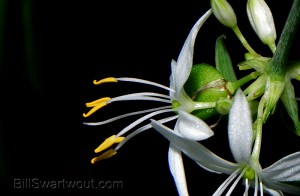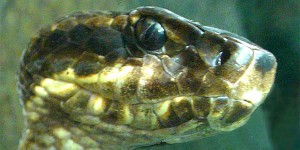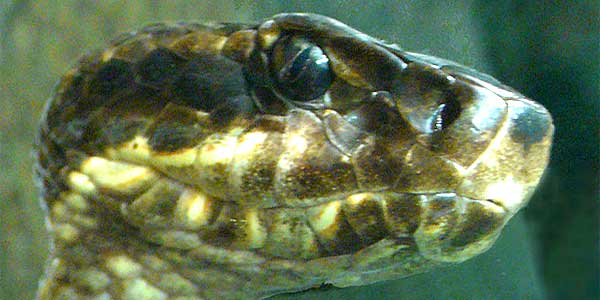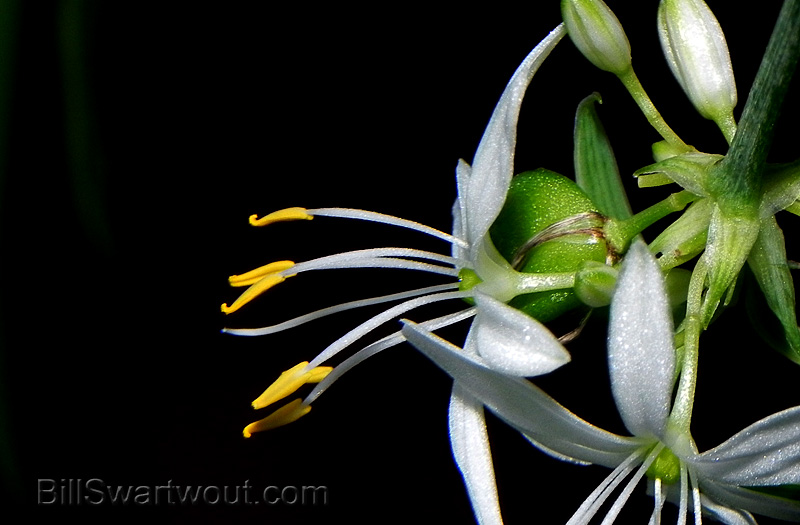…and it provoked an immediate question and comment from a colleague who lives near us at the beach. First, here is the picture:

Here is the comment: “…it’s often the eye behind the camera that makes the picture.”
I do like to “talk” photography and I do like cameras. However my “taste” in cameras – er, maybe my requirements – have changed over the years. The sharing of the email exchange may get my ideas across better than re-phrasing all of our thoughts. So here goes…
The question I received was…
Just reading through FB and saw the flower shot where you said you were using a Nikon P100. Glad you noted that.
I’ve been corresponding with the fellow who does a lot of the photos I so admire – ……….. . He told me he uses a D300, it’s old and now he said there are so many better and cheaper cameras out there. We’re talking about him helping me to find the best one for the type of photos I like to take.
He also stated he doesn’t like to use a lot of gear – so he keeps his lenses simple.
I’m not into paying $1,699 just for a camera body. I’m an amateur – and believe that it’s often the eye behind the camera that makes the picture. I’ve been on many excursions where the folks are loaded down with tons of equipment – all for nought. One recent birding expedition it seems the guys were competing for who had the longest…lens! LOL
Do you have any suggestions?
Here is my reply…
Sure, I’ll help you spend your money. I love shopping for new cameras. NOT.
More seriously, I think it is difficult to buy a “bad” camera today. Even the sub-$100 el-cheapos have more capability than the ones with which I entered into digital photography.
I have used a Nikon D50 for many years – and have a $500 wide angle lens that is still the best I have for building photography (such as this:
http://www.oceancityhotels.org/wp-content/uploads/plim-plaza-hotel-600.jpg ). But for just about everything else I am using one of two Nikon point-n-shoots. My main go-to for the last two years has been a Coolpix S8100 – 10X optical zoom – that actually fits in a pocket. I also bought that CoolPix P100 because of its 26X optical zoom and intended it for zoo animal pictures when I was still creating check designs. I have just discovered all the other capabilities it has and have actually been looking through the instruction manual. The camera has incredible macro capability – as in that px of the spider plant offshoots.
The P100 is larger than pocket-size but I am getting to like it more all the time. I am looking online to see if I can get an adapter to mount a polarizing filter – of which I am a big fan (for outdoor photography). I think the price point for the camera today is sub-$300 – but you can look that up – as well as read reviews – online. If you have an interest in something like this I’ll be happy to bring it down your way, or meet you somewhere, so you can give it a try. Just have a film card and shoot a bunch of px to take home and examine.
However, your one, simple statement is very important – and it hold very true unless one is doing large-scale commercial photography. “…it’s often the eye behind the camera that makes the picture.” I would just drop the word “often” from that statement.
For the birders out there. Yes, a big (expensive) telephoto can be an asset – but it can also be a hindrance. The smaller, lighter camera may allow you to get into better locations more easily. However, at long focal lengths any camera will need a tripod to avoid blur. (My macro of the spider plant was, indeed, hand-held – and would have been a bit sharper with a tripod.)
In summary, and after re-reading – I think my next purchase may be a high quality monopod. 🙂
 Well, frogs also make good bait and I knew the snake couldn’t bite me with a frog in its mouth. So I quickly grabbed the snake close behind its head, deftly pulled the frog from its mouth and tossed it into the bait can. The problem then was – how to let go of the snake without letting it bite me. Hmmm…I grabbed my bottle of Makers Mark (good Kentucky bourbon) and poured a good sized shot down the snake’s throat. We’ll he rolled his eyes and went limp – so I released it back into the marsh. Problem solved.
Well, frogs also make good bait and I knew the snake couldn’t bite me with a frog in its mouth. So I quickly grabbed the snake close behind its head, deftly pulled the frog from its mouth and tossed it into the bait can. The problem then was – how to let go of the snake without letting it bite me. Hmmm…I grabbed my bottle of Makers Mark (good Kentucky bourbon) and poured a good sized shot down the snake’s throat. We’ll he rolled his eyes and went limp – so I released it back into the marsh. Problem solved.


